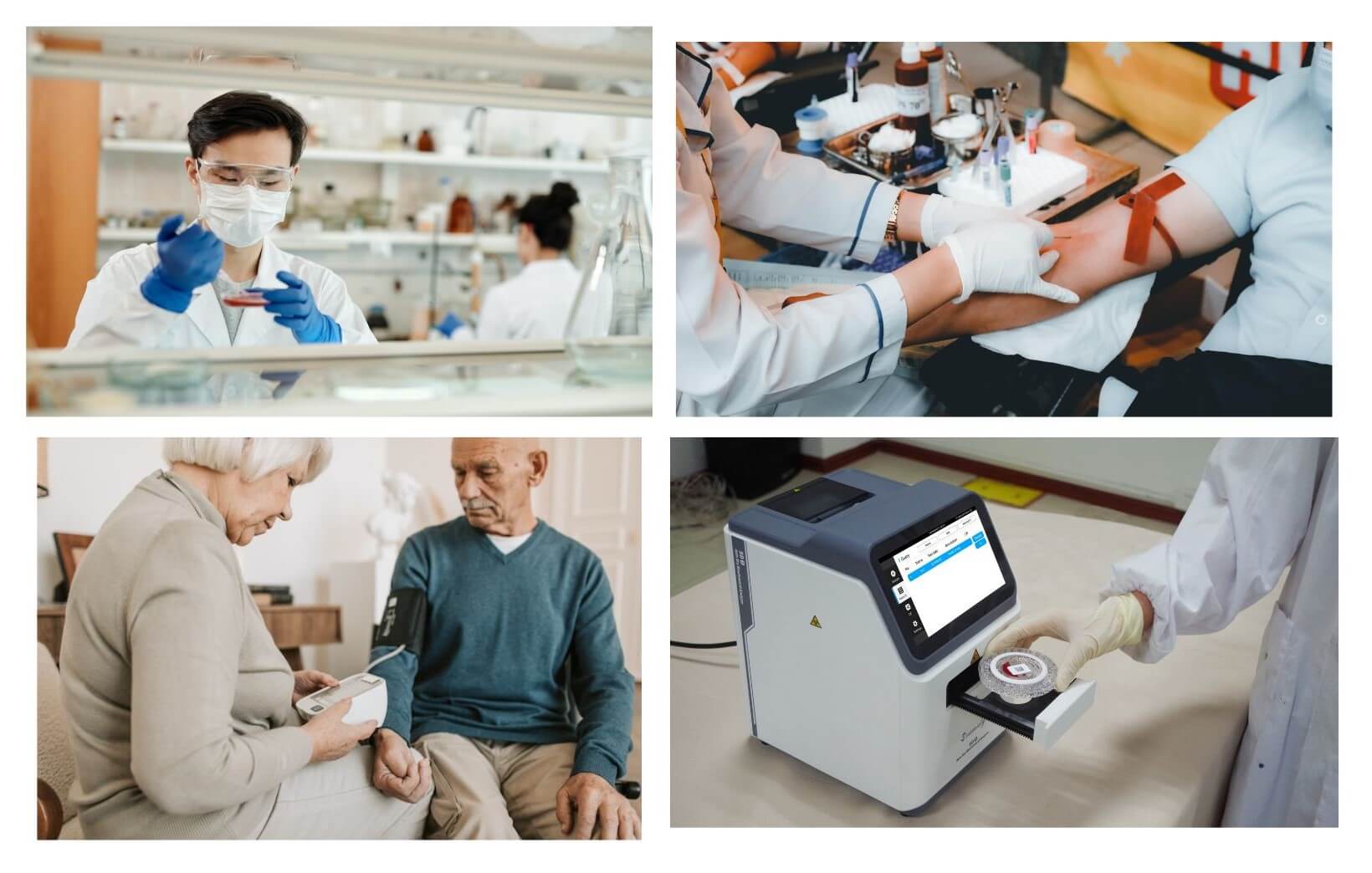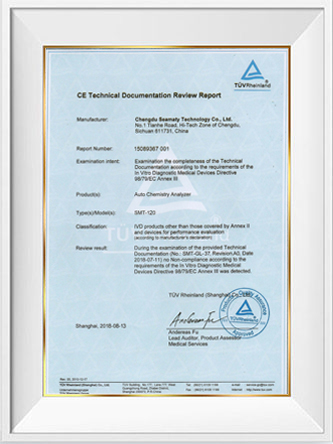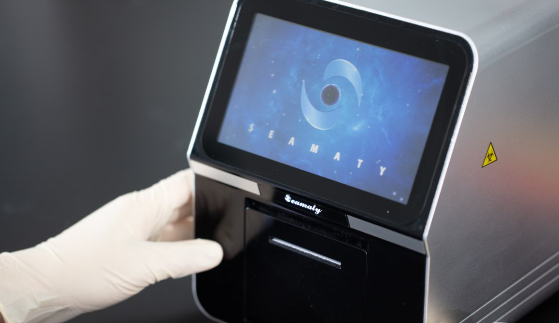release time:2021-09-10 11:34:17
A. Clinical examination equipment

2023-07-12
Learn about private, hospital, point-of-care, and home medical laboratory testing. Understand their functions, benefits, and contributions to accurate diagnostics and patient care.

2021-10-22
The following is an introduction to the process of CE certification for medical devices.Step 1: Determine and analyze the exported device. Determine whether your medical device is within the scope of the 3 medical device directives of the EU.

2021-09-14
POCT test is a new direction. In its emergence and development, there are many areas for improvement. Such as quality control, varying levels of operator skill and clinical management is not perfect.